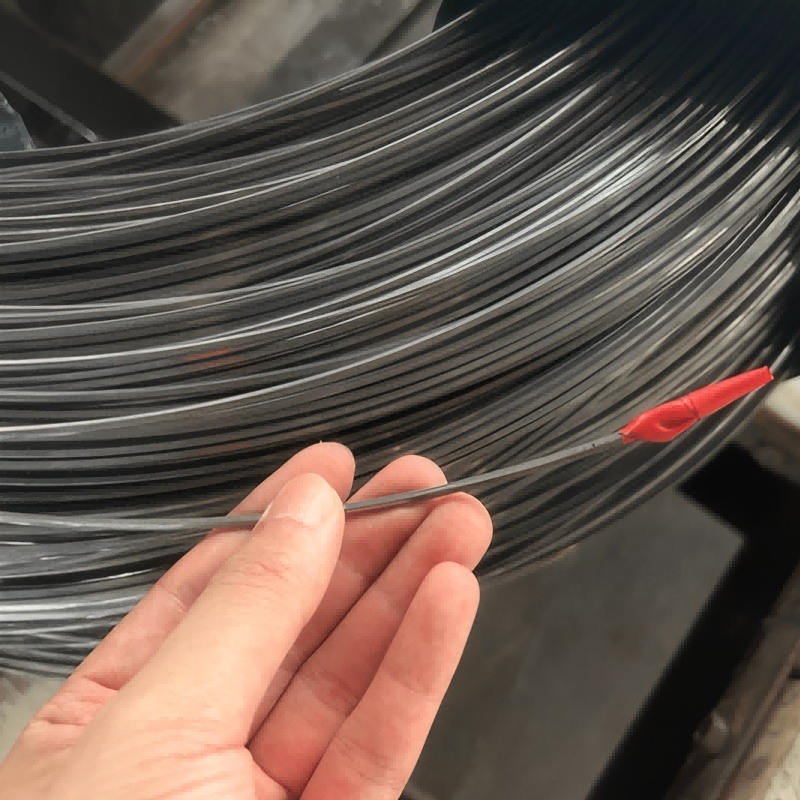oil tempered
Oil-tempered wire is a high-performance material known for its enhanced durability and strength. It undergoes a specialized heat-treatment process where it is immersed in oil to quench the material after heating, resulting in improved mechanical properties. This process is what gives the wire its main functions, such as providing high tensile strength and excellent shock resistance. Technologically, oil-tempered wires offer features like uniformity in hardness and better dimensional stability, making them reliable for various industrial uses. In terms of applications, oil-tempered wire is commonly used in the manufacturing of springs, especially for those that require a high degree of resilience and are subject to heavy loads. Other applications include wire forms, mesh screens, and various types of fasteners.


